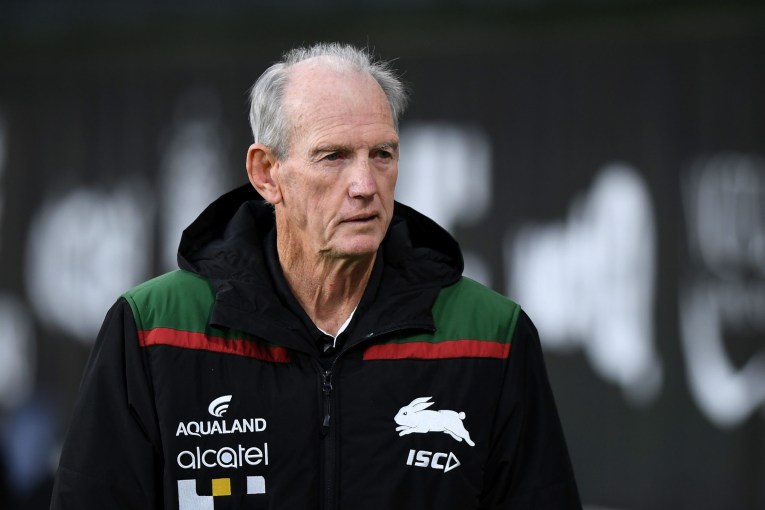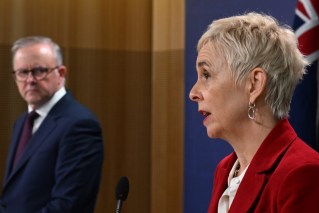How negative equity timebomb is waiting to hit young homeowners
Financial stress was affecting about 41 per cent of Queensland households as higher mortgages and rents start to bite, according to Digital Finance Analytics.


That was slightly lower than the national figure of 43 per cent but the data was collected in October and did not include this week’s hike in the cash rate by the Reserve Bank.
Queensland’s mortgage stress was the lowest among the major states and only bettered by the ACT. However, the greatest impact was being felt by younger households.
DFA data showed 73 per cent of the “battling urban” demographic were classified as under mortgage stress. About 67 per cent of the disadvantaged fringe were also in a similar position as well as 84 per cent of young families.
Rental stress nationally was at a “massively high” 61 per cent nationally, DFA’s Martin North said.
“The stress is spread quite broadly across different areas in a lot of newly developed areas and high growth corridors where a lot of people bought relatively recently, quite often at the top of the market,” he said.
“They have big mortgages and are highly leveraged and they are in areas where the infrastructure is not great and they have to spend a lot more to get around and the cost of fuel is quite high at the moment as well.
“I think it will continue to deteriorate because rates are still going up.
“It means people will be seeing their mortgage repayments going up higher and higher whatever the Reserve Bank does. There’s a lot more pain baked in,” he said.
The data coincided with the release of home lending data from the Australian Bureau of Statistics which found that although housing lending had fallen for four consecutive months, the value of loan commitments in September remained well above pre-pandemic levels.
Owner-occupier loans in September were 23 per cent higher than in February 2020, while investor loans were 60 per cent higher.
Among investors, DFA found that stress was being felt by professionals, who would normally have more investment properties and the young affluent demographic.
Among postcodes, Toowoomba ranked third among most stressed. About 10,000 households within the 4350 postcode were facing mortgage stress.
According to Canstar, the extra 0.25 per cent increase that can be expected to be added to mortgages in coming days would add an extra $79 a month to repayments on a $500,000 mortgage and a total of $809 since April.
The NAB has already increased its variable rates.
North said it took two to three months for mortgage rate increases to flow through.
He said the biggest lever in property prices was credit.












